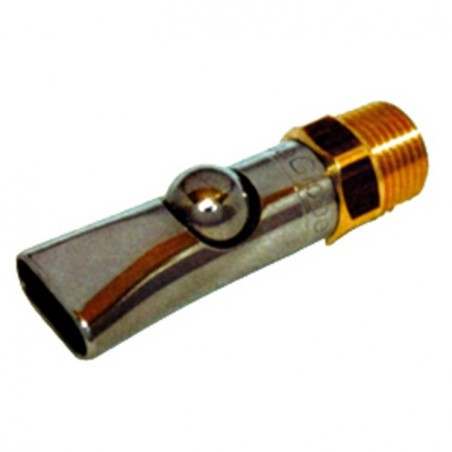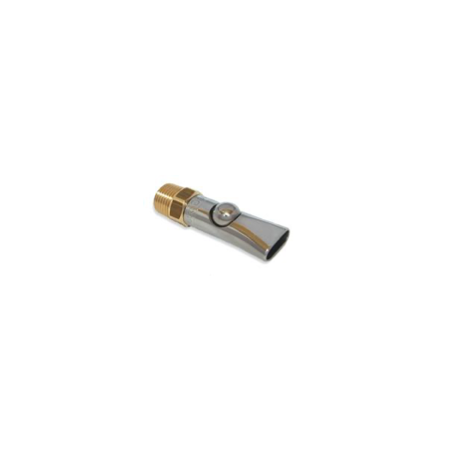Sixty Duroc × (Landrace×Large White) gilts of 93.5 Kg of body weight (BW) were used to investigate the effect of increasing dietary net energy concentration (NE) on growth performance and carcass, meat and fat characteristics. Animals were intended for dry-cured ham production. Therefore, pigs were slaughtered at 130 Kg BW and a minimum fat thickness at Gluteus medius muscle (m. GM) was required. There were three treatments based on the NE concentrations in the diet (2.280, 2.350 and 2.420 kcal/Kg), and each treatment was replicated four times. The diet with lowest NE was used as the control group. Individual BW and feed consumption per pen were recorded at 0 and 42 days of the trial and were used to calculate average daily gain (ADG), average daily feed intake (ADFI) and feed conversion ratio (FCR) for each replicate. Average daily NE intake (ADNEI) was also calculated per pen taking into account the NE content of the diets.
No effect was detected on daily gain or energy intake but feed intake decreased and feed conversion ratio tended to improve as energy increased. No influence of treatment was detected on ADNEI at the end of the experiment. However, there was a linear relationship between dietary NE concentration and ADFI (R2=0.43; P<0.05) and FCR (R2=0.30;P<0.10), indicating reductions by 130 g/d and 0.23, respectively, as NE level increased in 100 Kcal above 2280 Kcal/Kg. Fat depth at m. GM was wider (P<0.05) and the proportion of suitable carcasses tended to be greater when energy increased. Although the NE concentrations in the diet did not affect the weight of any lean joint studied, a linear reduction in the total trimmed cut yield (hams + shoulders + loins + sirloins) was observed as NE content was mainly increased (R2=0.17; P<0.01) due to the decrease in ham yield (R2=0.20; P=0.001) and in a loin yield (R2=0.11; P<0.05) at a rate of 0.6 and 0.2 percentage units, respectively, per each 100 Kcal/Kg of feed. An increase in dietary NE concentration from 2280 to 2350 Kcal/Kg tended to increase (P<0.10) the final percentage of acceptable carcasses for high quality dry-cured ham production. The treatment had scarce effect on meat and fatty acids.

In conclusion, and also taking to account the expensive price of fat as energy source, 2350 kcal of net energy per Kg of feed would optimize the productive and quality responses in gilts when are intended for dry-cured ham production.
J. Suarez-Belloch, M.A. Sanz, M. Joy, M.A. Latorre. Impact of increasing dietary energy level during the finishing period on growth performance, pork quality and fatty acid profile in heavy pigs. Meat Science (93):796 – 801. http://dx.doi.org/10.1016/j.meatsci.2012.12.006





